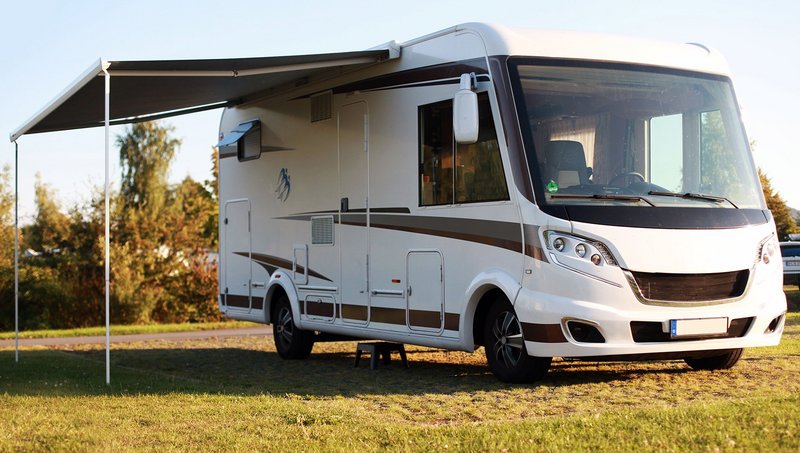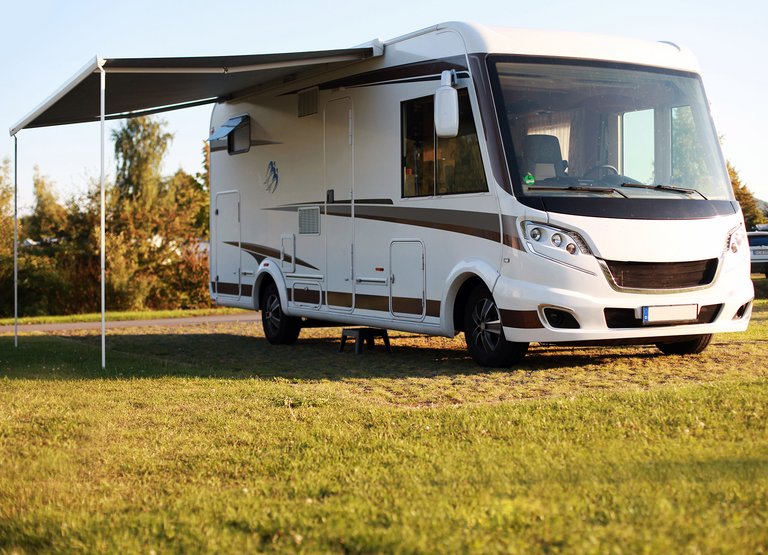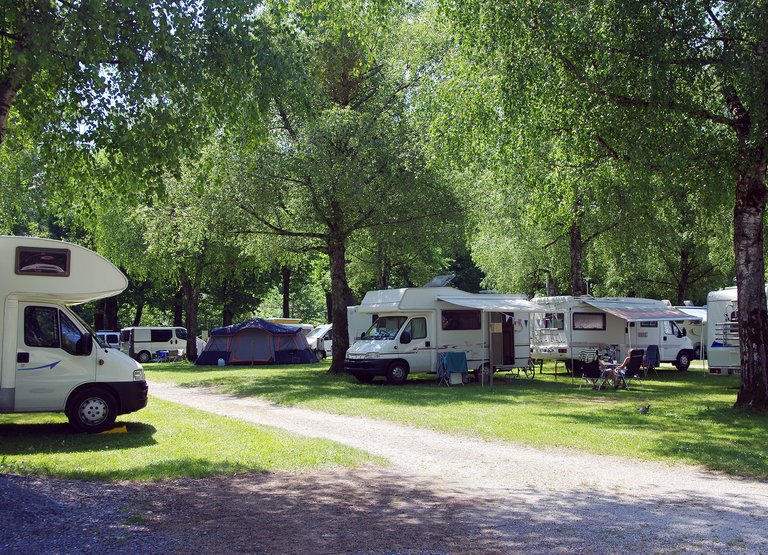Motorhome Check Before the Season Starts
- Check the tires before the camping season starts
- Avoid overloading – weigh the payload before you start your trip
- Pay special attention to your motorhome tires
Hanover, Germany, April 12, 2023. Motorhomes, so-called campers, still remain popular even after the Covid-19 years. According to a publication by the industry association CIVD, more than 66,500 of these vehicles were newly registered last year alone (civd.de, 16.01.23). Before their first trip, owners should check their tires and load to ensure a safe start to the new season.
The season begins in April for most motorhome owners. That’s when the first warmer temperatures tempt them to at least go on a weekend trip. But after the long winter break, it’s especially important to check the motorhome’s “shoes”. This includes checking the air pressure of the cold tires after their long period of storage. The tires must also be checked for possible damage; in case of doubt, the workshop specialist or a professional in the specialized trade will be happy to help. Every “motorhomer” can check the tire age – the DOT number can be found on one of the tire sidewalls and it indicates the date of manufacture. There are two numbers in an oval field – first the week of production, then the production year. For example, 1123 means that the tire was produced in the 11th calendar week of this year. No motorhome tire should be older than six or eight years, as they age more quickly than their passenger car counterparts due to heavy use and longer storage periods. The remaining tread is not an indication of the tire’s possible further use.
If the tire is older, look for CP (Camping Pneu) models when buying new tires, if possible. They’re designed to meet the special needs of motorhomes with their heavier weights, especially on the rear axle, and are therefore more robust than regular van tires. Some of these models, such as Continental’s modern VanContact Camper, are also rated all-season to allow travel during the cold season. This camper specialist tire is manufactured for the common rim sizes of 15, 16 and 18 inches.
Loading can begin once the tires have been checked, the auxiliary battery has been charged, the gas bottle is as full as possible, and – if necessary – the gas system has been checked. It should be noted that the water tank also brings a few kilograms on board (one per liter capacity). If possible, the luggage should not be added to the already heavily loaded rear axle, but stowed in the middle of the vehicle, as close to the floor as possible and in a slip-free location. This will keep the lateral inclination within limits and increase driving stability. It’s safe to determine the payload with a personal set of scales, but don’t forget the kilos of the water tank and the gas bottle – and please remember that if you don’t want to overload your home on wheels, include all your special accessories such as awnings in your calculations!
Continental Presse Tires EMEA
Continental Reifen Deutschland GmbH
Büttnerstraße 25
30165 Hannover



